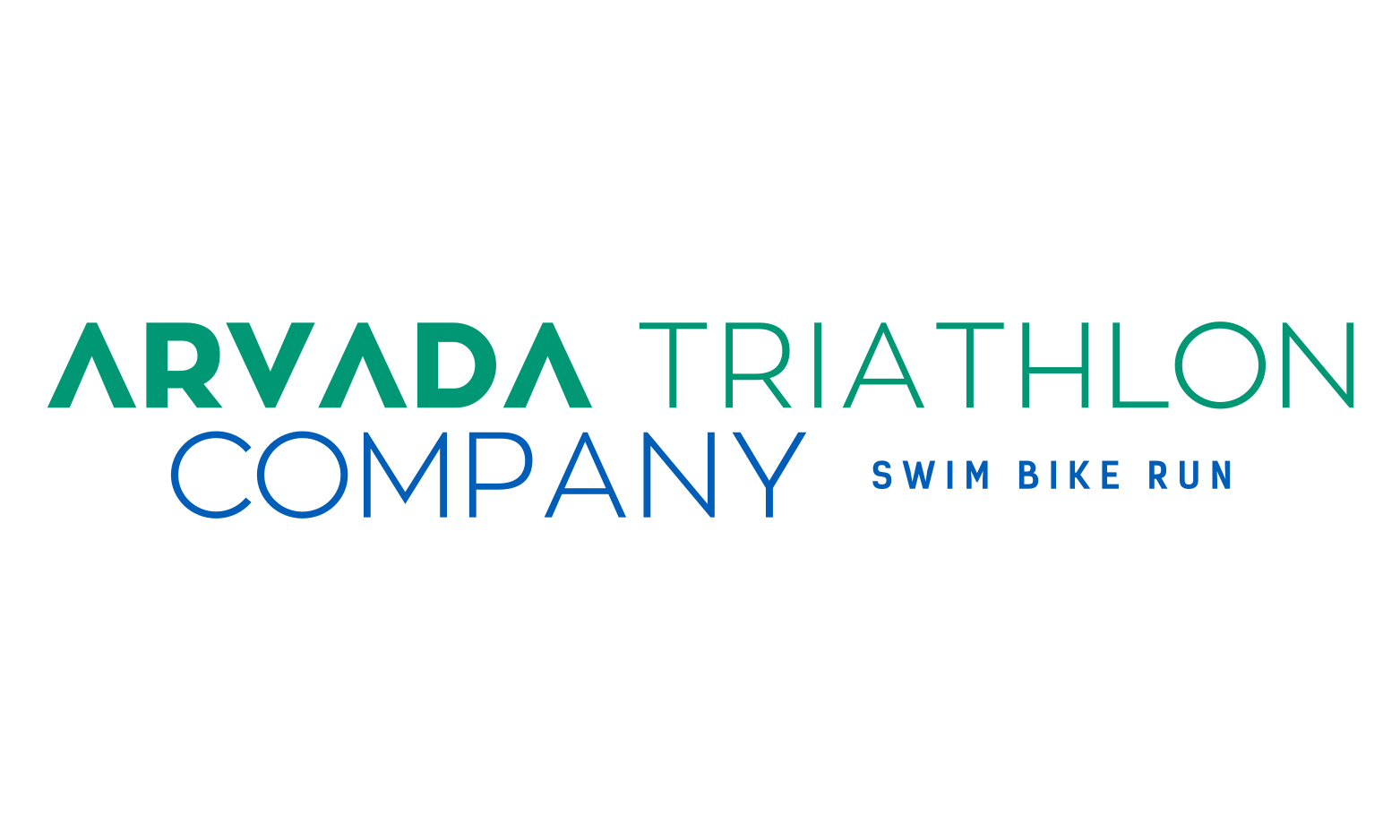Flexibility and mobility are essential for triathletes to perform their best across swimming, cycling, and running. A proper stretching routine can help prevent injuries, improve range of motion, and speed up recovery. Here's a comprehensive stretching regimen designed for triathletes that targets the key muscle groups used in all three disciplines.
When to Stretch?
- Dynamic stretching: Perform before workouts or races to warm up your muscles.
- Static stretching: Perform after workouts to cool down and enhance flexibility.
Dynamic Stretches (Pre-Workout)
- Arm Circles (Shoulders and Chest)
- How: Extend your arms out to your sides and make small circles, gradually increasing their size. Switch directions after 30 seconds.
- Why: Loosens shoulder joints, crucial for the swim.
- Leg Swings (Hips and Hamstrings)
- How: Stand on one leg, swing the opposite leg forward and backward. Then switch to side-to-side swings.
- Why: Prepares the hip flexors, hamstrings, and groin for running and cycling.
- Cat-Cow Stretch (Spine and Core)
- How: Start on all fours. Arch your back upward (cat), then drop your belly while looking up (cow). Repeat for 1 minute.
- Why: Mobilizes the spine and engages the core.
- High Knees or Butt Kicks (Hip Flexors and Quads)
- How: Perform each movement for 30 seconds as part of your warm-up.
- Why: Increases blood flow and prepares the legs for running.
Static Stretches (Post-Workout)
- Standing Forward Fold (Hamstrings and Lower Back)
- How: Stand with feet hip-width apart. Hinge at your hips and reach toward your toes, keeping a slight bend in the knees.
- Hold: 30 seconds.
- Why: Relieves tight hamstrings and decompresses the spine.
- Seated Butterfly Stretch (Groin and Hips)
- How: Sit on the floor, bring the soles of your feet together, and let your knees drop toward the ground.
- Hold: 30 seconds.
- Why: Opens up the hips, crucial after cycling.
- Lunge with Spinal Twist (Hip Flexors and Spine)
- How: Step one foot forward into a lunge. Place the opposite hand on the ground and twist your torso, extending the other arm upward.
- Hold: 20 seconds per side.
- Why: Stretches the hip flexors, a common tight spot for triathletes.
- Pigeon Pose (Hips and Glutes)
- How: From a plank position, bring one knee forward, placing it behind the opposite hand. Extend the other leg straight back.
- Hold: 30 seconds per side.
- Why: Relieves tight hips and glutes, especially helpful after running.
- Chest and Shoulder Stretch (Chest and Shoulders)
- How: Stand in a doorway with your forearms on the frame. Step forward slightly to feel a stretch in your chest.
- Hold: 30 seconds.
- Why: Opens up the chest muscles, which can tighten from swimming.
- Calf Stretch (Calves)
- How: Place your hands on a wall, step one foot back, and press the heel down.
- Hold: 20 seconds per leg.
- Why: Loosens tight calves after running or cycling.
Tips for Effective Stretching
- Warm Up First: Never stretch cold muscles; do a light warm-up or dynamic stretches first.
- Breathe Deeply: Inhale and exhale to relax into each stretch.
- Don’t Force It: Stretch to the point of tension, not pain.
- Be Consistent: Aim for at least 10–15 minutes of stretching daily.
By incorporating this routine, triathletes can improve flexibility, reduce the risk of injury, and enhance overall performance. Stay consistent, and your body will thank you on race day!





